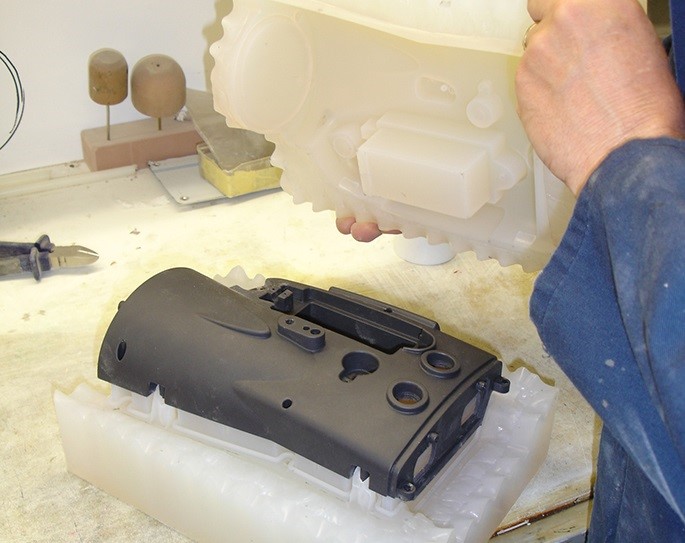In the field of manufacturing, nothing is more practical than vacuum casting polyurethane to get old technology up and running again. The transition from full metal parts to plastic has been a slow-moving process that has worked for some time now. A lot of technology has yet to catch up with the times, and some companies are more caring for their technology to get the most out of them before getting it out of commission to buy something new. Please don’t take out word for it, Delta Airlines still uses the Boeing 737, a plane that dates back to 1970, and they keep their decreasing fleet of the model in top-notch condition.

vacuum casting products*
The Driving Reason Behind using Vacuum Casting – Cutting Costs
You might be wondering how a company like this can still get spare parts for such an old plane. While it’s true that refurbishment and remodeling of these crafts take place at all moments, the mechanical parts have also been updated to some of extent, many of them replaced with resin-based parts that work just as good as the original metal components. Vacuum casting polyurethane is the means used to bring to life these spare parts. Most of the time, these parts are needed in very low numbers. It’s challenging for these companies to justify the expense of placing an order for a full run. That’s where vacuum casting polyurethane comes into play.
The Strategy Angle of Using Vacuum Casting for Old Technology
With the right engineering polyurethane vacuum casting can be used to create a small number of parts that work just as well as the original. Vacuum casting is, after all, one of the most flexible means to reproduce anything while keeping the costs of production low. We also have the possibility of getting our customers satisfied with an alternative that fulfills their needs. Vacuum casting is actually one of the oldest means of getting reproductions, but the way the procedure is done has landed it the new branding. Vacuum casting explained to its bare bones is nothing more than mold making. The main difference is that these molds are made using silicone.
The Purpose Behind Using Vacuum casting and Old Technology
Unlike 3D printing and CNC machining, vacuum casting is a purely manual procedure that demands time and attention to detail. For old technology, a lot of re-engineering is also required. Designers often need to study the parts that they are about to recreate, to make them functional using resins instead of metals. Some of these parts might even need to be restructured into two or more components to achieve an enhanced level of functionality. The manufacturing method has done wonders for many technological pieces in the transportation industry, extending their life span, and saving money to companies. At the same time, their operational cost allows them to upgrade to new tech.
If you’d like to learn more about vacuum casting, or if you need to know if vacuum casting can help with a restoration project, you can contact LTC Proto and get a quote!
